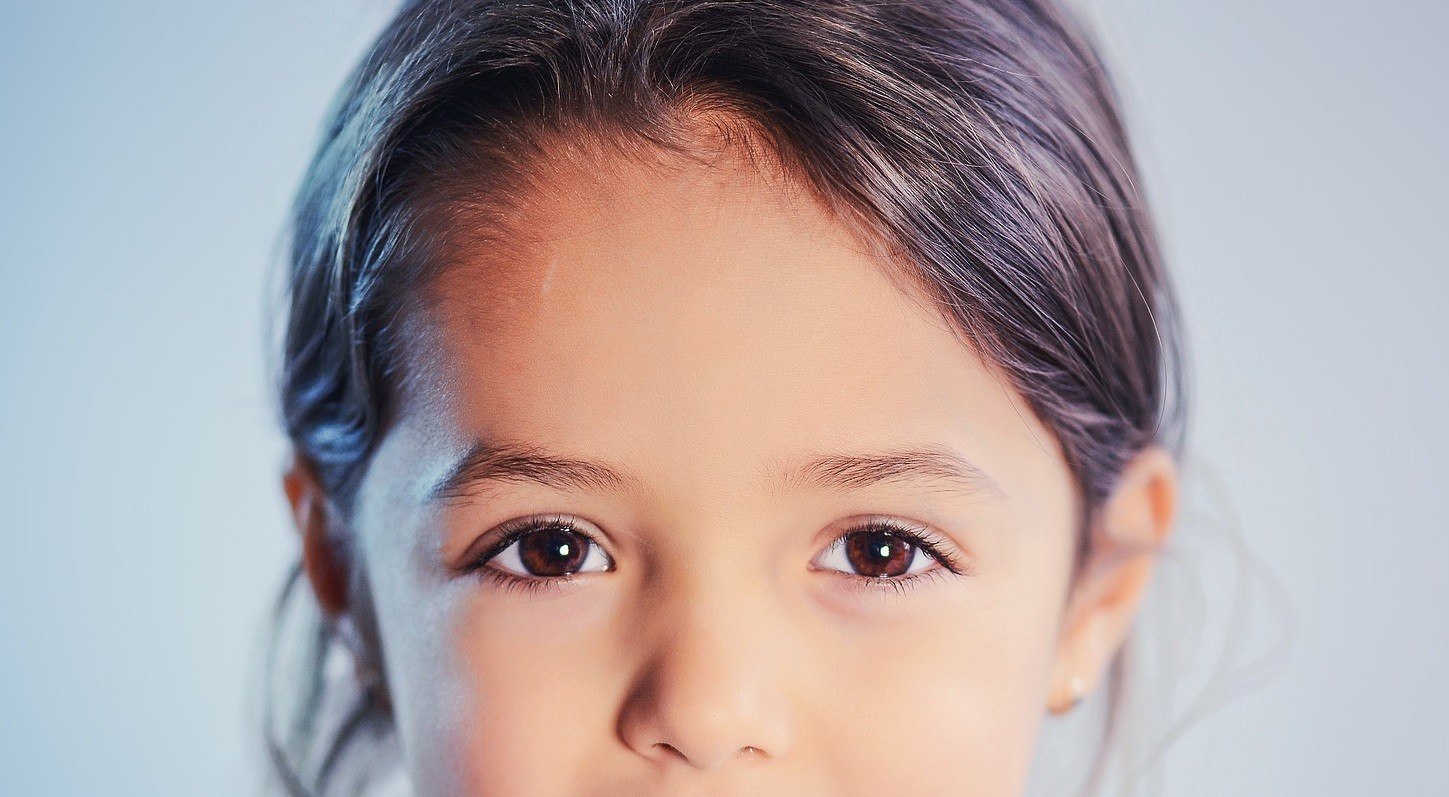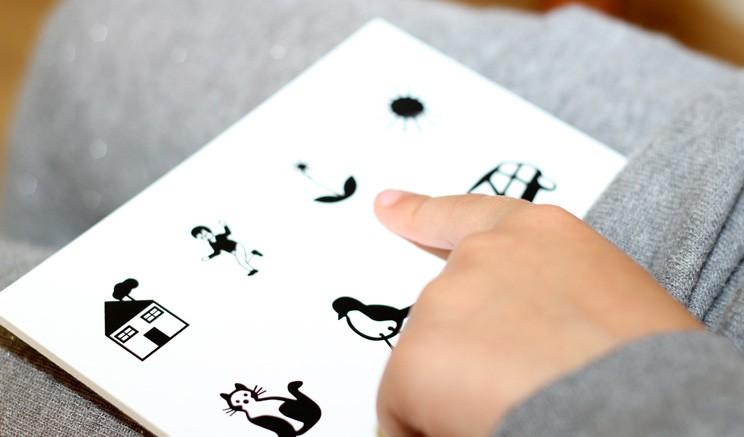
Some conditions, such as amblyopia, can be treated in babies and small children, but are irreversible once the child is grown up.
Therefore, in presence of any of the following symptoms, it is advisable to undergo a comprehensive eye exam performed by an ophthalmologist specializing in pediatric ophthalmology:
A good vision is essential for physical and mental development of children. Children academic achievements and general well-being will depend on this.
Babies and small children’s visual system is not still completely developed. They require information from both eyes in order for eyes to correctly send information to the brain.
When children eyes do not send clear images to the brain, their vision may be limited and it might not be corrected later in their lives. But if problems are early detected, it is usually possible to effectively treat them.

It is important to examine newborn eyes and perform a red reflex test (basic indicator that eyes function correctly), as well as to thoroughly examine any premature baby or baby at risk of suffering eye diseases due to a family history of severe eye diseases in childhood, together with abnormality signs.
It is necessary to carry out a second eye exam in healthy infants between the firsts six months and the first year of life.
Their vision capabilities in preverbal stages may be assessed by means of a test. Eye alignment will be also examined.
In case of children with misaligned eyes, amblyopia, or refractive errors, an eye exam will be performed in order to undertake a treatment as soon as possible.
From three years of age and before the age of 4, it is essential to assess the child’s vision and eye alignment, together with visual acuity by means of an optotype once the child is able to cooperate.
Photometric exams are an alternative way of examining visual acuity with no need of child cooperation. It also helps to determine whether a child can focus at long, intermediate and short distances.
When the child starts attending school or at any moment where there is a suspicion of a possible eye disease, it is necessary to perform an eye exam in order to detect any misalignment or refractive error among other conditions.
Hyperopia is the most common refractive error among children of this age, and it needs to be corrected with the use of eyeglasses.
| Most common eye conditions in this age group | Symptoms and warning signs |
|---|---|
| Amblyopia or lazy eye syndrome | Headaches and neck pain |
| Strabismus | Eye misalignment |
| Nearsightedness and astigmatism | Squinting in order to see at long distances |
| Hyperopia | Family history of hyperopia |
| Dyschromatopsia | Trouble in identifying colors |
| Conjunctivitis | Redness |

Contact us or request an appointment with our medical team.